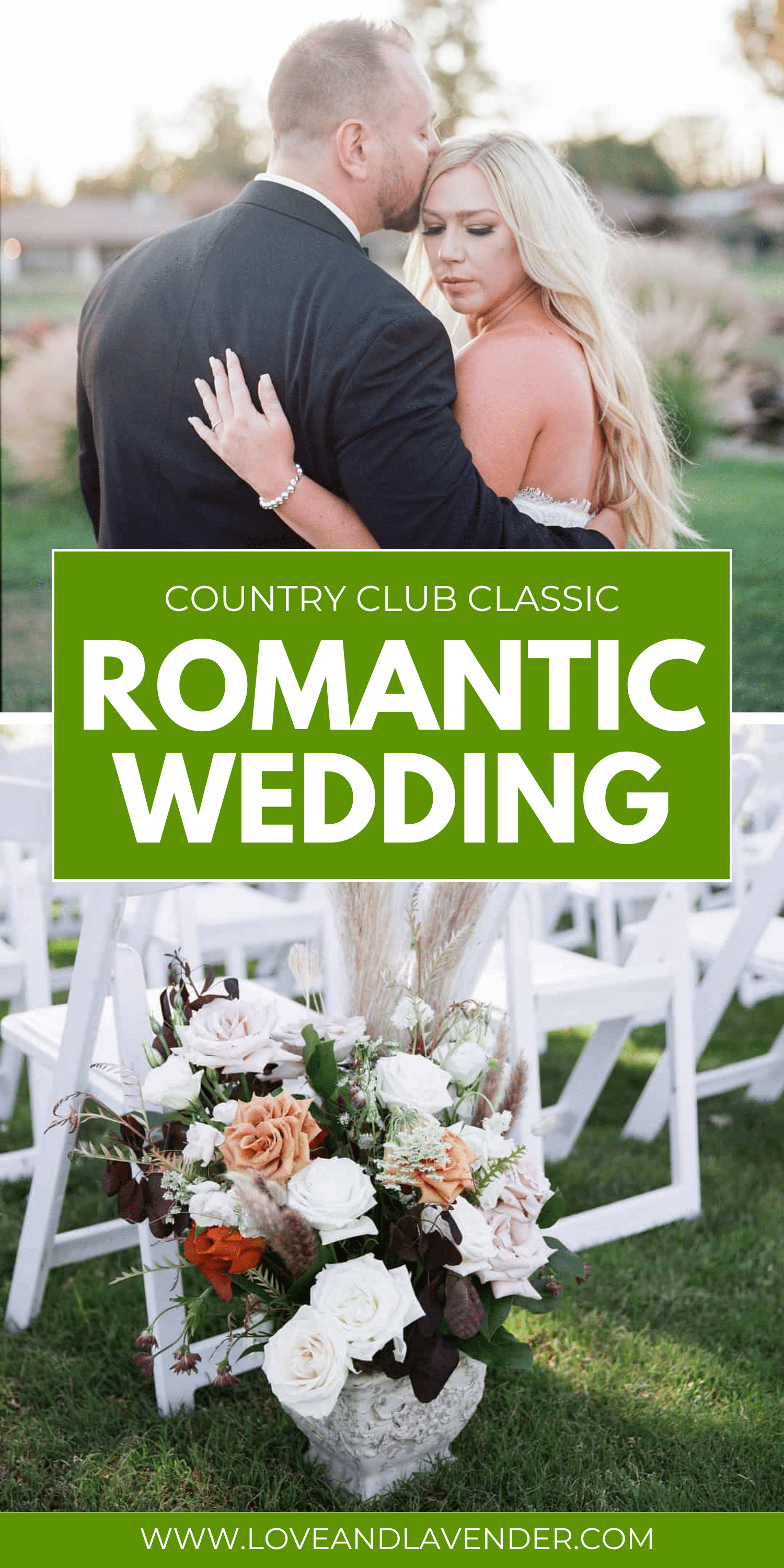You are likely familiar with what qualities make a diamond valuable. You don’t want your stone to be yellow unless you have a canary diamond. The whiter your diamond is, the better! Additionally, a sparkly diamond is more sought after than one that is dull.
A diamond’s brilliance is affected by its cut, which many people traditionally associate with the gem’s shape. And finally, you likely know that carat weight refers to the size of a diamond, which undeniably affects the cost.
In the diamond industry, those qualities are referred to as the 4C’s – cut, clarity, color, and carat. In the following paragraphs, we’ll take a look at each and explain how they affect the final price of a diamond. Let’s go!
What Are the 4C’s
As mentioned, the 4 C’s of diamonds are cut, clarity, color, and carat.
While the names are self-explanatory, you may be surprised at all the nuances that go into grading each aspect of a diamond.
Cut
A diamond’s cut refers to how well the angles and symmetry of the facets use light to make the diamond sparkle. Some argue that cut is the most important factor out of the 4 C’s. The cut is different than the shape of a diamond. However, cuts can be applied differently to various shapes.
Facets are flat surfaces cut into a diamond. They must be expertly arranged in a geometric pattern that carefully considers the shape of the stone, symmetry, and angles. A round brilliant cut has fifty-eight facets. Each of these facets helps light to enter the stone, bounce around, and be refracted back outwards.
An excellent diamond cut will have great brilliance, fire, and scintillation. Which all really can be simplified down to how sparkly it is. The scale for grading cut is Ideal, Excellent, Very Good, Good, Fair, and Poor.
Of course, the shape of the stone and the jeweler’s end goal can influence the cut grade. Some diamonds are cut to maximize carat weight, eliminate inclusions, or be shallow enough for a particular setting.
An excellent cut alone doesn’t make a diamond worth a fortune. For instance, a one-carat diamond with an excellent cut can cost almost double a one-carat diamond with a fair or good cut.
This ring has exceptional sparkle and fire. Round brilliants are one of the most valued cuts because of their many facets that maximize light. It’s simply gorgeous and has an ideal cut. It starts at $3,832.
Clarity
A natural diamond is formed deep in the Earth with intense heat and pressure for millions of years. During their forming process, they can experience things that lead to inclusions or blemishes.
Such as other materials getting trapped inside or fluctuations in their structure which can cause hollow tubes within them. As a result, diamonds are given clarity grades based on their flawless appearance.
Inclusions are imperfections, and they can come in many forms. An example of typical inclusions are pinpoints, feathers, and cavities. Inclusions can be small or large, copious in number or few.
In some cases, inclusions are so tiny that they cannot be noticed without magnification. If no inclusions are visible to the naked eye, the stone is called “eye-clean.”
A jeweler will look at a diamond under 10x magnification to assign a clarity grade. This is because even minute inclusions can interfere with or prevent light as it passes through. If this happens, the diamond may look less sparkly and dull. The diamond clarity grading scale is as follows:
- FL (Flawless)
- IF (Internally Flawless)
- VVS1 (Very, Very Slightly Included 1)
- VVS2 (Very, Very Slightly Included 2)
- VS1 (Very Slightly Included 1)
- VS2 (Very Slightly Included 2)
- SI1 (Slightly Included 1)
- SI2 (Slightly Included 2)
- I1 (Inclusions 1)
- I2 (Inclusions 2)
Flawless diamonds tend to be quite pricey. Many jewelry wearers choose a diamond that looks eye-clean for the budget-friendly price versus breaking the bank on a flawless or internally flawless stone.
This ring’s diamond is just over 1 carat. It has an ideal cut, an F color grade, and a rating of IF (internally flawless). It may not be the largest diamond but its impressive qualities make it very beautiful and valuable, coming in at $12,560.
Color
Traditional diamonds are colorless. The most desirable are compared to a pure drop of crystal water. Stones that are notably yellow are less valuable. However, it can be hard for the average jewelry shopper to distinguish between diamond colors.
Fortunately, this isn’t always a bad thing! You can sometimes save a little money by choosing a diamond with a lower-quality color grade as long as it doesn’t look obviously discolored. The metal you choose, such as yellow gold, can also help your stone appear whiter and brighter.
Jewelry graders, however, will be able to tell the difference between diamond colors. They often use precise conditions and compare gems to a stone with a known color grade in order to make an accurate assessment.
An expert will assign a diamond a grade on a scale that ranges from D to Z. Diamonds in the D category are colorless, while those in the Z category are light yellow or brown. The GIA color scale is as follows:
- D-F (colorless)
- G-J (near colorless)
- K-M (faint)
- N-R (very light)
- S-Z (light)
A round 1-carat stone with a good cut, SI2 clarity, and a color grade of K costs around $2,229. The same stone with a color grade of D can be valued up to $3,504. Diamond color grades can have a difference of up to $1300 when all other characteristics remain the same.
Most jewelers will not even sell diamonds that fall between an L and Z on the color scale due to their noticeably dingy appearance.
With a color grade of H, this ring is nearly colorless. Its lovely cut and great clarity grade only add to its beauty. The amazing qualities of the diamond coupled with its 1.53-carat weight give it a value of around $14,916.
Carat
Carat weight is the standardized method by which diamonds are measured, bought, and sold. Today’s carat is equivalent to .2 grams or 200 milligrams.
Knowing diamond carat weight is an accurate way to determine its value. The higher the carat weight, the more expensive the stone (of course, considering color, cut, and clarity).
However, carat weight doesn’t always correlate to how big a diamond looks. Two one-carat diamonds can look drastically different depending on the shape and cut.
For example, a one-carat round brilliant measures around 6.42 mm wide, while a Marquise usually measures about 5 mm wide, though its elongated shape can make it appear bigger.
Most experts advise not purchasing a diamond solely based on carat weight. A 10-carat diamond of fair cut, poor color, and a slightly-inclined clarity grade will be much less attractive than a smaller diamond with high clarity, cut, and color grade.
Sometimes, clarity, cut, and color affect a diamond’s price more than the carat weight.
Take for example this breathtaking solitaire with a 3-carat stone of ideal cut, mid-range clarity, and near-colorless hue. It comes in at $54,148 because it is a larger specimen with stunning qualities.
How Do They Determine the Price?
Jewelers and gemologists take all the aspects of a diamond into consideration when they’re determining the price. Because there are so many different factors, a GIA grader will often be required to accurately assess a diamond’s quality and assign grades for cut, color, and clarity.
How carat weight affects the price is more standardized, with diamonds of a certain weight generally going for a similar price. As carat weight increases, cost often increases exponentially instead of incrementally.
This is because large-sized diamonds are harder to find, making them more scarce and valuable. However, a higher price for a bigger diamond is generally expected. When you apply clarity, cut, and color, the cost can vary wildly among diamonds of the same weight and size.
For example, a one-carat round with an ideal cut, a K color grade, slightly included, costs around $2,785. Suppose we take the cut down to good and keep the other factors the same, the price decreases to $2480.
Alternatively, if we take a one-carat diamond with an ideal cut, a K color grade, and up the clarity grade to VVSI, the price becomes $4,889. Lower the clarity grade to SI1 and the price changes to $3,356. As you can see, clarity, cut, and color can significantly impact the base price assigned to a certain carat-weight diamond.
Conclusion
Hopefully, you’ve learned a little bit more about the 4 cs of diamond quality and understood that you can’t base diamond price on one aspect alone. In most cases, it’s better to have a smaller diamond with a great cut, color, and clarity than it is a large diamond with an unappealing color and dull clarity and cut.
When it comes to diamonds, picking “the one” can take a little time and effort, but in the end, it’s all worth it!

















Leave a Reply